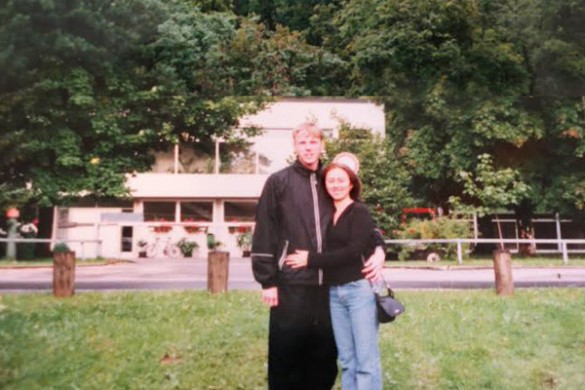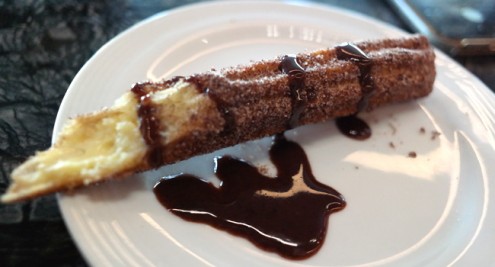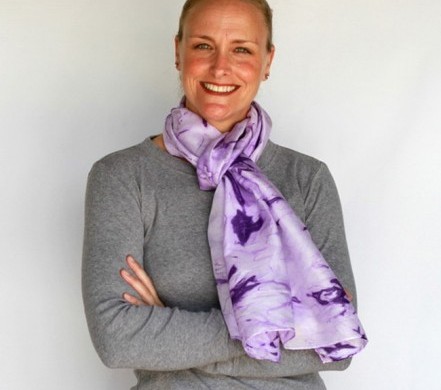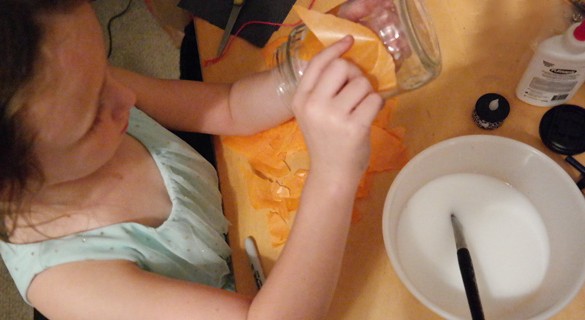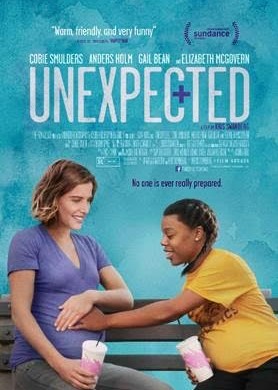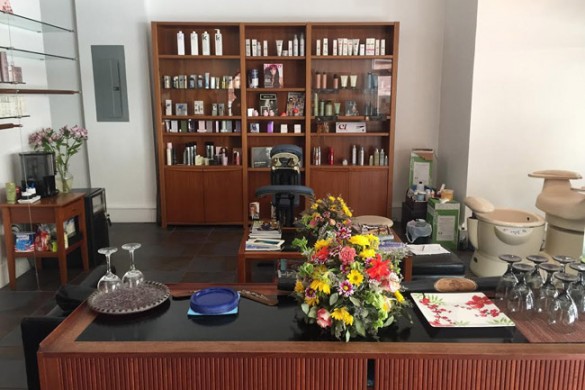
The Kayapo Tribe are conservation warriors living in villages within the Amazon rainforest. Since the 1950s, the Kayapo people have been fighting to protect their land from miners, loggers and even government officials. They are fighting to maintain their way of sustainable living and their rainforest home that happens to span 10.5 million hectare which equals the size of Virgina. I’m impressed that the Kayapo people have been effectively protecting their land as well as protecting their way of living and their rights.
Pure Energies is North American’s leading residential solar companies as well as an energy advisor in Canada and here in the States.They help homeowners save money on their electric bills as well as help people to invest in a sustainable lifestyle with solar and LED solutions. CEO of Pure Energies, Zbigniew Barwicz along with a small team led by the International Conservation Fund of Canada, spent two weeks exploring the Amazon and the people who call it home. Project Kayapo highlighted the Kayapo Tribe to illuminate their sustainability and independence from the modern world. Pure Energies introduced portable solar power to the tribe. Solar energy is also an option for Americans as we have the ability to generate our own power.
While on this once in a life time opportunity, the team witnessed community, dedication and pure happiness. Kayapo are wealthy with the little material goods that they have. They are rich with tradition, family and their land. I’ve watched and read about their journey which led me to think about how I can raise my daughter similar to the Kayapo way.
1) In this materialistic world, I think it’s important to teach that possessions are not the key to happiness. Being a blogger means that I have access to “stuff”. I’ve struggled with not giving my daughter everything that arrives on our doorstep for a blog review. I want her to know that it is about who we are as people and not all about what we own or acquire. The Kayapo people are good role model as they have very little from the modern word and I highly doubt that they complain about not having enough. They live off the land and nature is their playground. I’ve been teaching my daughter the importance of sharing with our community and giving to the ones who aren’t as fortunate as us. We wind up donating many of the items we come across. It feels good to make others happy.
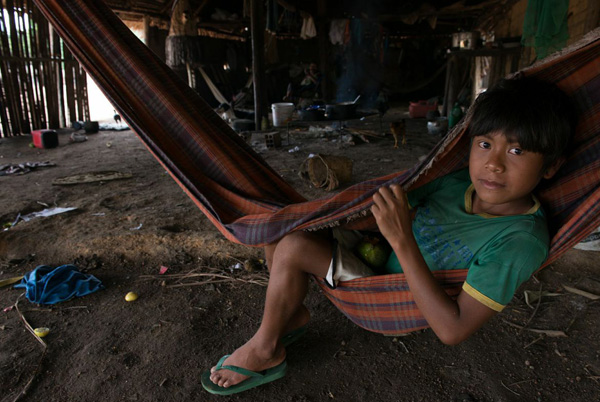
2) It’s a sad day when you hear statistics of kids playing on their mobile devices more than playing outside and getting dirty. Fortunately, living in Southern California makes getting outdoors easier since we have an abundance of sunshiny days all year. It’s healthy for all of us to be outdoors and play in natural places and feel thankful for our light and sunshine. My family schedules in walks, bike rides, hikes and trips outside of the city. My daughter knows how to climb a tree, loves rock climbing and is an avid swimmer. One of our favorite things to do during an outdoor adventure is collect leaves, twigs and pine cones to create crafts at home. It’s fun and also saves us money on supplies! Don’t get me wrong, I’d be a liar if I said that my child doesn’t watch TV and play video games on my iPad. But, we practice creating a happy balance of living with technology and living out in the real world. She’s learning about moderation and quality versus quantity.
3) My husband and I encourage our daughter to experience new things and take risks. As a kid, I was a bit of a chicken when it came to trying new things. Actually, I’m still working on taking risks! This is surprising since I was raised by a mother who left her homeland of Korea to come to the United States to experience a whole new world. So, I encourage my daughter to do all the things I was once afraid to do. I read that Kayapo children are raised to be free and fearless. SoCal’s population is a diverse mix of people, attitudes and cultures. This gives my daughter the chance to learn how to respect differences, confidently explore this weird world and be the best that she can be. I want her to achieve her dreams, whatever they might be.
4) The feeling of community can be challenging in Los Angeles. I see the same people walking our streets but I don’t know many names. Greater Los Angeles’ massive neighborhoods and zones can make our “community” feel even more distant. Many kids do not attend the neighborhood schools and we all just “live” in our homes or buildings. We try to accomplish community in our own ways by scheduling regular play dates with families to build bonds or attend events at my daughter’s school to get to know the other families better. Attending events thrown by our Neighborhood Watch group is a nice way to get to know our neighbors. My family attended a block party in October and I was surprised that I didn’t know or recognize the majority of people in attendance! So we made some new friends. The Kayapo people work together as a community and dedicate themselves to each other. I think that’s something that we all need to get better at especially in this time of civil unrest.
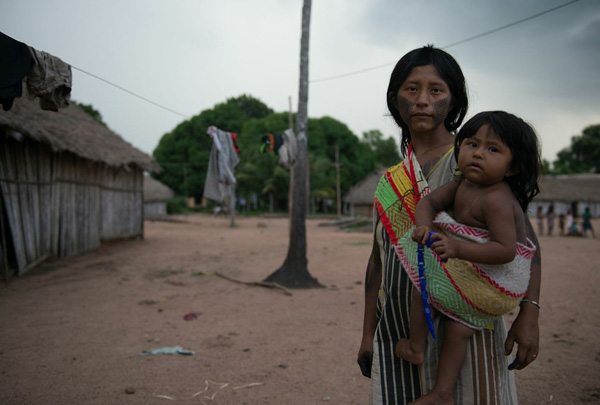
5) Most modern families do not grow or hunt for their own food like the Kayapo. That means educating our kids on how food comes from farms and farming and not the aisles of grocery stores! We can visit farms to show them how food is grown and how animals are raised. The Kayapo tribe grows their own crops of vegetables, nuts and hunt for their food. They’re not eating fast food, junk food (that I know of!) and shows that a simple diet goes a long way. I like taking my daughter fruit picking. She gets to be a part of how strawberries, apples and pumpkins are produced and then consumed! To me, that’s the simplest illustration to show a child.
In the Amazon, the Kayapo tribe lives a simple life and chose to keep modern tools out of their villages. No internet, vehicles or appliances. How many of us could live that way and for how long? But like us, they do share the same struggles like protecting their most precious assets: family, freedom, and their home in the rainforest.
What could you do to raise your child the Amazon way? Follow the Kayapo project to find out more about these amazing people and watch some never-before seen footage of this dream-like place on earth.



